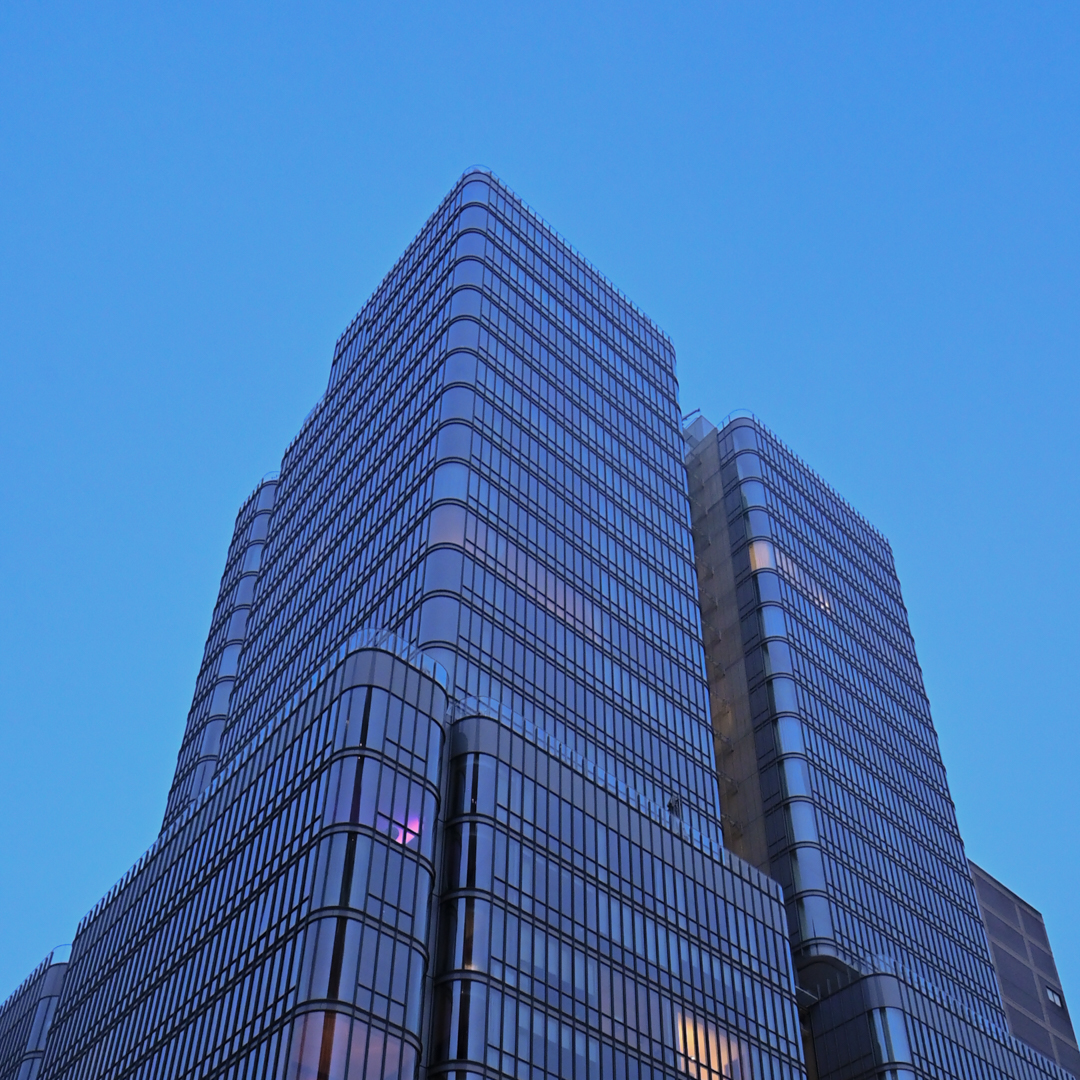Leveraging BIM to reduce material wastes

If you have taken a look in the news this week, you’ll notice record temperatures around the world. This is the first in a series of blogs that we will be writing to offer ideas on how your organization can leverage the power of BIM in order to play a part in reducing the impact we as humans have on our environment.
When we talk about climate change in our daily lives, we usually talk about pollution sources such as the cars we drive, or from burning fossil fuels to power our homes and businesses. As construction professionals however, we often forget that our industry is also a contributor. Estimates suggest that, the construction sector contributes to 23% of air pollution, 40% of drinking water pollution, and 50% of landfill wastes. Our role as professionals related to construction and as humans who share space with others and with nature as well, is to make the most out of each of the resources we use in our projects. The question is, how can we accomplish this?
When people think of construction they imagine workers, beams, heavy equipment and, above all of those things, materials. Concrete, lime, even wood and iron might appear in their minds. However, most of the time they picture material wastes, the leftovers if you will. The real question is, where can you make a difference, and how to get started?
Collaborating to reduce waste
When we design and construct, there are many stakeholders involved. Think for a minute to an analogy: you’re planning a potluck dinner party. Several of your friends will be attending, and everyone will bring a dish. Now think about your thought process as you get ready to prepare your grandmother’s famous lasagna. You want to make sure there is enough for everyone, so you cook a bit extra. As the party arrives, your friend Jeff is going to be 10 minutes late, so everyone waits around. By the time he arrives, dishes are starting to get cold as they have sat out a bit. At the end, you realize that the food has been on the table for several hours and there are plenty of leftovers, but they probably have stayed out too long to be safe to save and reheat. Was there a better way to plan? Sure, but the stakes are not terribly high, it’s just a bit of food waste right?
Construction is similar in nature, but the stakes are much higher than wasting a bit of food. Traditionally, we have all counted on the fact that we should buy a bit extra so we don’t run out of materials on site. We schedule things in advance so that we aren’t bottlenecked by one party of another. Here is where the opportunity for optimization lies.
BIM has a collaborative nature, which implies that even though a specific team will be in charge of designing and modeling, every person involved in the construction (engineers, investors, and every stakeholder) can access each version of the models designed for the project. This allows the various parties involved to precisely schedule and forecast what is needed, when, and where. Why are you cooking for a party of 10 when you realistically know that you will be feeding a party of 8?
So, how do I get started?
It sounds simple. Knowing which parts of the construction plan should be improved and how to do so is your first step. When the amount of material used is precisely measured and every detail is corrected, building becomes just materializing an idea that is extremely polished. The fact that BIM allows people to make changes in real-time speeds up the process and not only saves time in the planning and designing stages, but also in the constructing ones.
If you need help with sequencing or automating your material take-offs, reach out. We have plenty of ideas to share. Next week we will discuss in-depth how you can leverage the power of tools such as Revit to optimize your quantity take-off process. Subscribe now to receive updates in your inbox.


